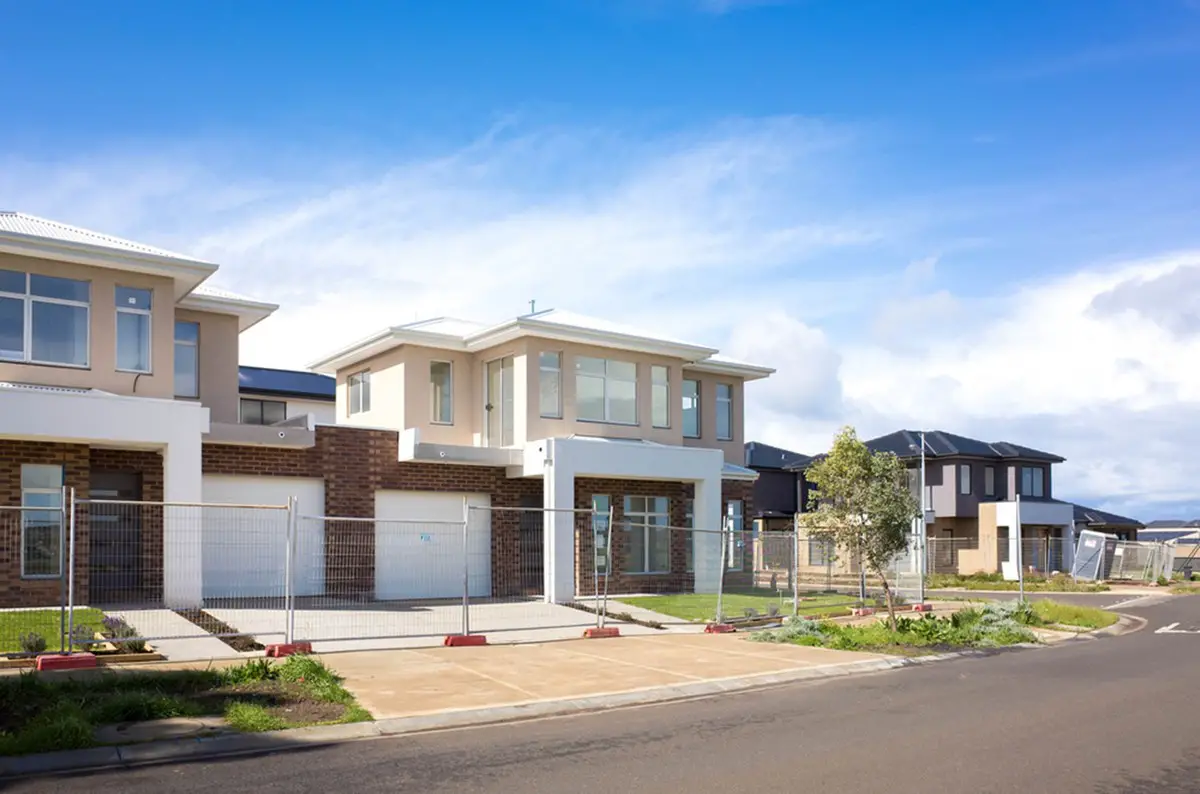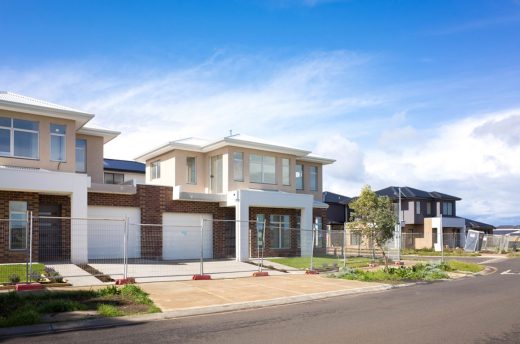Home renovations with shared walls, Property fixer-upper advice, Permanent house refurb design guide
Home Renovations With Shared Walls: What You Need To Know
30 April 2024
Remodelling a duplex or townhouse with adjoining walls naturally requires careful consideration to ensure a neighbour-friendly process and protection against inadvertent damage. If you’re looking for more information on the responsibilities and requirements that accompany renovating properties with shared walls, this guide will be sure to illuminate you. Read on to learn more about how you can schedule a home renovation with shared walls that’s efficient and respectful towards your other strata title owners.
What are Shared Walls?
First, let’s begin with understanding what constitutes a shared wall. There are two different classifications that you’ll need to familiarise yourself with in order to determine the scope of your renovation work: party walls and common walls.
Party walls appear on the boundary line between two separately-owned properties. They can be vertical, or horizontal (floors). As party walls are shared only between two strata title owners rather than multiple, they can be maintained collectively, with both property owners splitting the costs of that renovation project.
Contrastingly, common walls are separators between units within the same structure, such as an apartment, townhome, condo, etc. They usually fall within the authority of the body corporate. If you’re looking to make any amendments to a common wall, you will need the written permission of your body corporate manager prior to commencing construction. Other strata title owners will also be notified of the works and will need to consent.
Alongside alerting your fellow strata title owners and your body corporate manager that a renovation will be taking place, homeowners are also expected to secure or update your building insurance cover to ensure it accommodates any planned changes to your structure.
Legal Boundaries
As shared walls are generally considered to be common law property, you will need to engage with the legal boundaries of your property or strata lot when planning a home renovation that will include work across a shared wall. Though regulations will vary by location, shared walls involve responsibilities and ownership shared between the owners of each property.
As we mentioned, consent or agreement between both parties is often required when beginning a renovation or addition project, which affects mutual dividers. Since the walls define property boundaries, alterations have legal implications. Simply put, reviewing the pertinent deeds, local ordinances, codes, and body corporate rules is paramount.
Homeowners should also determine if their plans call for a building permit. The renovation scope and its impact on shared dividers often dictate this requirement. Complex projects usually necessitate a structural review to guarantee physical integrity.
Before beginning the renovation, it’s also recommended to review your local zoning and restriction laws to determine if your plans fall within the property boundary, setback, and allowable use codes. For properties with a body corporate, obtain approval from its architectural review board.
Neighbour Considerations
Before the project, communicate the scope and intention of renovations for neighbouring units. Explain the expected timelines, hours, and impact on shared walls or communal areas like hallways, patios, or breezeways.
Provide your contact information and invite questions or concerns. List your plans for minimising noise disruption and other impacts on neighbours’ schedules and daily routines throughout the building process.
To prevent misunderstandings and promote goodwill and transparency, document the two-way communications regarding hours, noise commitments, and shared-space access in writing. Express gratitude for the cooperation and keep everyone informed about the renovation’s progress, including possible changes to the initial agreements.
Minimising Your Impact
You can take measures to reduce your renovation’s footprint relative to other residents. First, identify the potential noise sources likely to cause the most annoyance. Things like drilling, heavy machinery tools, hammering, etc., and which areas these are likely to occur.
Install soundproofing materials that can absorb or partially block sound vibrations if possible. Examples include heavy curtains, double-layer drywall, acoustic insulation blankets, and stackable foam cubes. Place padded mats and cushions along walking areas to minimise noise from workers’ footsteps and hand trucks.
Before using paint or other chemicals, seal gaps and cracks within shared dividers to prevent overpowering fumes (and sounds) from passing through openings. Mitigation tools include caulking and weatherstripping. Apply as needed around doors, windows, and electrical outlets.
Plan and coordinate construction work with contractors and vendors to schedule activities around noise-sensitive hours, avoiding early morning and late night presence.
Fire and Building Codes – What You Need To Know<
Awareness of local safety compliance regulations is vital in case you receive a visit from Government inspectors. Familiarise yourself with the sections pertaining to multi-unit structures.
Depending on the project scope, you might need fire-rated insulation, drywall, and door materials to minimise potential fire spread between properties. Obtain and display the pertinent permits related to your work and consult with officials to schedule inspections accordingly.
During renovations, ensure corridors, hallways, stairways, and common areas remain free of obstruction for residents to use in case of emergency evacuation. For paint and chemical work, have fire extinguishers, Carbon Monoxide detectors, and smoke alarms on hand in or near renovation areas.
For extensive projects using numerous personnel, ensure they park in designated street or off site areas, keep fire lanes and hydrants clear of construction materials and vehicles, and ensure residents’ parking isn’t impacted.
Managing Scraps and Debris
Besides noise suppression, keeping things tidy around the work area goes a long way to maintaining peace and goodwill with the neighbours. Keep the shared spaces clean by developing a waste disposal plan.
Contract with trash pickup services for removal and implement procedures to contain the waste within renovation barriers. Keep common stairways and corridors free of sharp hazards like nails, wood, and glass, especially if small children are present.
Consider installing an enclosed dumpster in an accessible location for trucks to pick up construction refuse daily. Securely cover paint and chemical solvent containers when not in use to prevent spills, minimise fire risk, and eliminate unpleasant odours. Dispose of unused hazardous materials at designated facilities to eliminate risk to residents and staff.
Post-Project Considerations
When the work is completed, thoroughly inspect all shared areas, verifying all objectives were met. Identify potential damage caused by the renovation. If found, document the loss using video, pictures, and any written information you wish to include for legal and insurance purposes.
Notify all parties of the project’s competition along with any required follow-up tasks. Keep communication lines open for addressing lingering concerns or questions.
Comments on this guide to home renovations with shared walls article are welcome.
Home Renovation
Home Renovation Posts
Making Your Home Renovation Hassle Free
Before Taking on a Home Renovation Project
Walls
Brick Walls and Sound Insulation
How to choose the right art for your walls
Panoramic canvas prints for large walls
Building Articles
Residential Architecture – selection:
Comments / photos for the Home renovations with shared walls advice page welcome.






